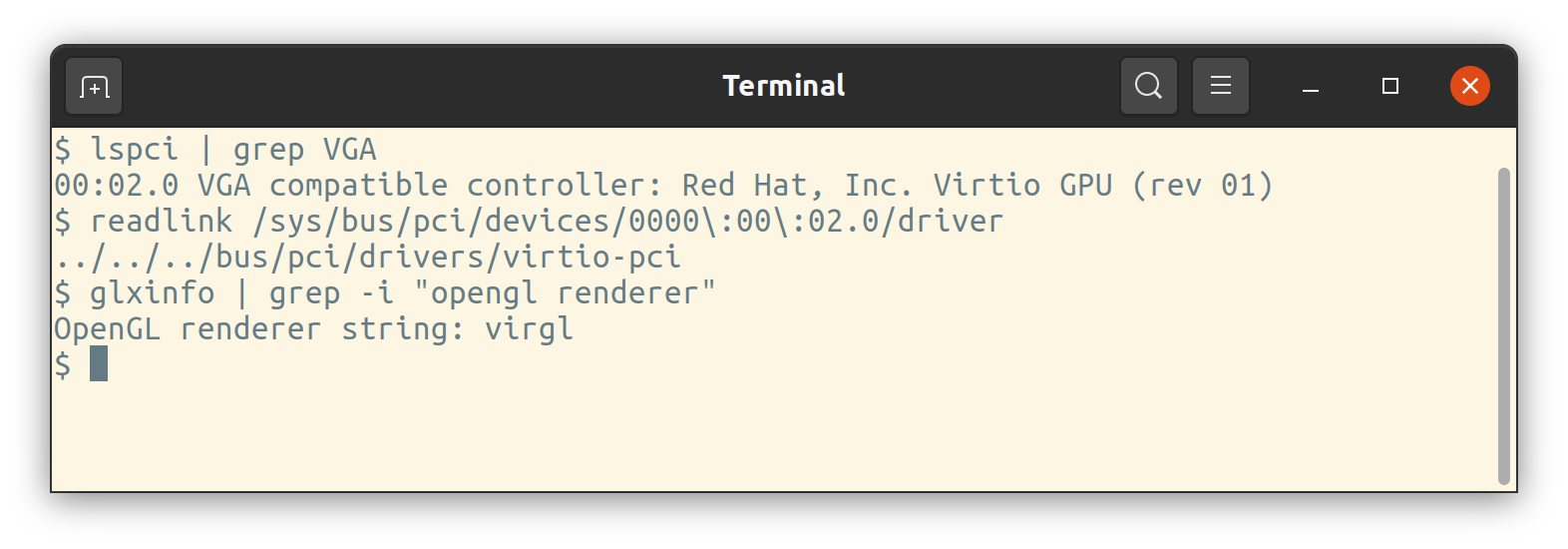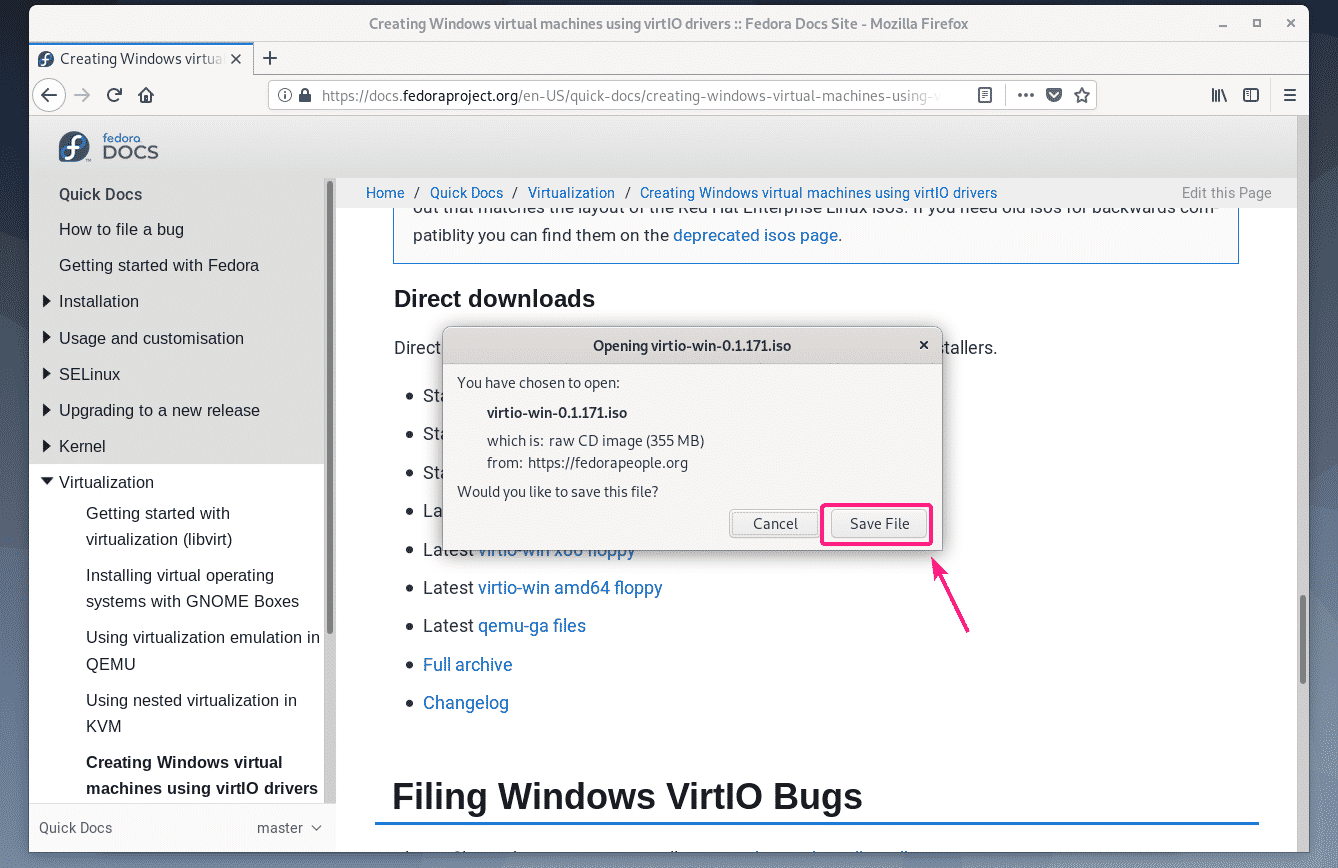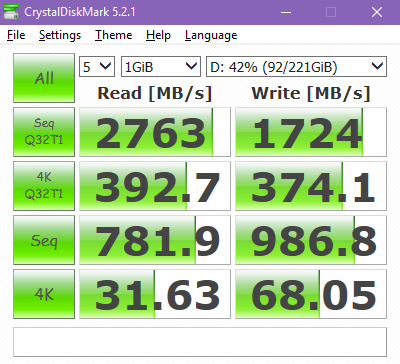
QEMU VGA VIRTIO WIN10 DRIVERS
Once the vhost-user session has been established all vring activity can be performed by poll mode drivers in shared memory. | Appliance | | Consumer | | Appliance | | Consumer | Traditional Appliance VMs virtio-vhost-user Appliance VMs They can provide I/O services directly to other guests instead of going through an extra layer of device emulation like a host network switch: Virtio-vhost-user allows vhost-user appliances to be shipped as virtual machine images. This precludes high-performance vhost-user appliances from running in cloud environments. It is not possible for users to run vhost-user processes on the host. In cloud environments everything is a guest. Use cases Appliances for cloud environments (qemu) device_add vhost-user-scsi-pci,disable-modern=on,chardev=chardev0Ī new SCSI LUN will be detected by the guest. Hotplug the scsi adapter on the QEMU monitor once the guest has booted: chardev socket,id=chardev0,path=vhost-user.sock Now launch a guest using the vhost-user-scsi device: vhost-scsi -l 0-1 -pci-whitelist "$VVU_DEVICE" -virtio-vhost-user-pci "$VVU_DEVICE" Run DPDK's vhost-scsi to serve as a vhost-user-scsi device backend: Testing vhost-user-scsi with DPDK vhost-scsi

When you exit testpmd you will see that packets have been forwarded. netdev vhost-user,chardev=chardev0,id=netdev0 \ chardev socket,id=chardev0,path=vhost-user.sock \ drive if=virtio,file=test.img,format=raw \ object memory-backend-file,id=mem0,mem-path=/var/tmp/foo,size=1G,share=on \ Now launch another guest with a vhost-user netdev: vdev net_vhost0,iface="$VVU_DEVICE",virtio-transport=1 \ testpmd -l 0-1 -pci-whitelist "$VVU_DEVICE" \ # echo 1536 > /sys/kernel/mm/hugepages/hugepages-2048kB/nr_hugepages # modprobe vfio enable_unsafe_noiommu_mode=1 # requires CONFIG_VFIO_NOIOMMU=y # nmcli d disconnect ens5 # we're going to use vfio-pci # lspci -n # if you're PCI device addresses are different from mine Run DPDK's testpmd inside the DPDK guest to foward traffic between the vhost-user-net device and the virtio-net-pci device: examples/vhost_scsi/build/app/vhost-scsi.Make sure the guest kernel command-line includes intel_iommu=on.Ĭopy the following files from the DPDK directory into the guest: netdev user,id=netdev0 -device virtio-net-pci,netdev=netdev0 device virtio-vhost-user-pci,chardev=chardev0 \ chardev socket,id=chardev0,path=vhost-user.sock,server=on,wait=off \ drive if=virtio,file=dpdk.img,format=raw \ qemu-system-x86_64 -M accel=kvm -cpu host -smp 2 -m 4G \ Make "RTE_SDK=$PWD" RTE_TARGET=x86_64-native-linuxapp-gcc -C examples/vhost_scsi)Ĭreate a new guest (dpdk.img) for DPDK testing and then launch it:
QEMU VGA VIRTIO WIN10 INSTALL
Make T=x86_64-native-linuxapp-gcc install & \ $ (cd dpdk & make config T=x86_64-native-linuxapp-gcc & \


configure -target-list=x86_64-softmmu & make) Quickstart Compiling QEMU & DPDK $ git clone -b virtio-vhost-user 2.4 Testing vhost-user-scsi with DPDK vhost-scsi.2.3 Testing vhost-user-net with DPDK testpmd.


 0 kommentar(er)
0 kommentar(er)
